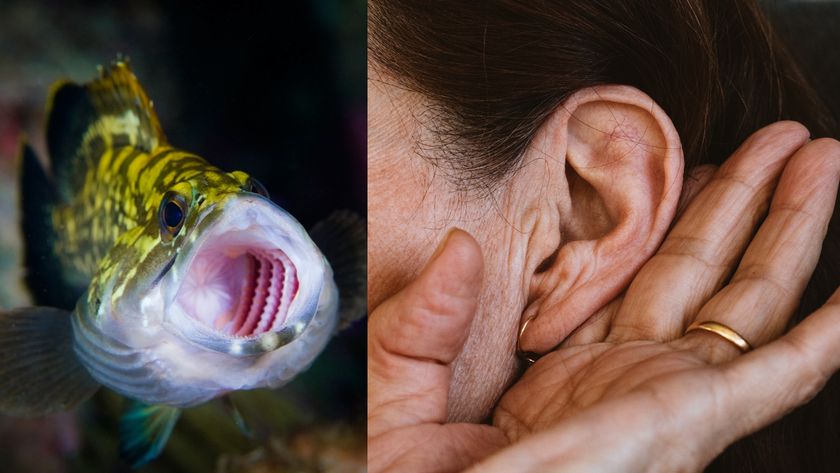
Why Do We Have Fingernails?
When painted, they can add a girly sparkle to hands, and for some people they can substitute as a guitar pick or even a backscratcher.
These savvy services, though, are not the reason we humans sport the keratin-rich coverings atop our fingertips. "We have fingernails because we're primates," said John Hawks, a biological anthropologist at the University of Wisconsin-Madison.
Fingernails are one of the features that distinguish primates, including humans, from other mammals. They are essentially flattened forms of claws.
"Most mammals have claws," Hawks told LiveScience. "[They] use them to grab onto things, to climb things, to scratch things, and to dig holes."
Scientists suspect primates sort of lost their claws and fashioned broad fingertips topped with nails to aid in locomotion. While claws would have provided excellent grip as our mammalian ancestors clambered up large tree trunks, they would have been a nuisance for larger-bodied primates trying to grasp smaller branches while scrambling across tree canopies for fruits. Rather, primates developed broader fingertips made for grasping.
About 2.5 million years ago, fossil evidence suggests early humans first picked up stone tools, which is about the same time our ancestors also developed even broader fingertips than earlier primates. To this day, humans sport broader fingertips than other primates.
Whether fingernails are an adaptation that helps to support broad fingertips or a side effect from the loss of claws is unclear, Hawks said.
Sign up for the Live Science daily newsletter now
Get the world’s most fascinating discoveries delivered straight to your inbox.
Another reason for fingernails: They serve as a visual advertisement of a person's health, he said. For instance, malnutrition can change the coloring of nails, while small pits in fingernails can signal the skin condition psoriasis.
Follow Life's Little Mysteries on Twitter @llmysteries. We're also on Facebook & Google+.
Jeanna Bryner is managing editor of Scientific American. Previously she was editor in chief of Live Science and, prior to that, an editor at Scholastic's Science World magazine. Bryner has an English degree from Salisbury University, a master's degree in biogeochemistry and environmental sciences from the University of Maryland and a graduate science journalism degree from New York University. She has worked as a biologist in Florida, where she monitored wetlands and did field surveys for endangered species, including the gorgeous Florida Scrub Jay. She also received an ocean sciences journalism fellowship from the Woods Hole Oceanographic Institution. She is a firm believer that science is for everyone and that just about everything can be viewed through the lens of science.












